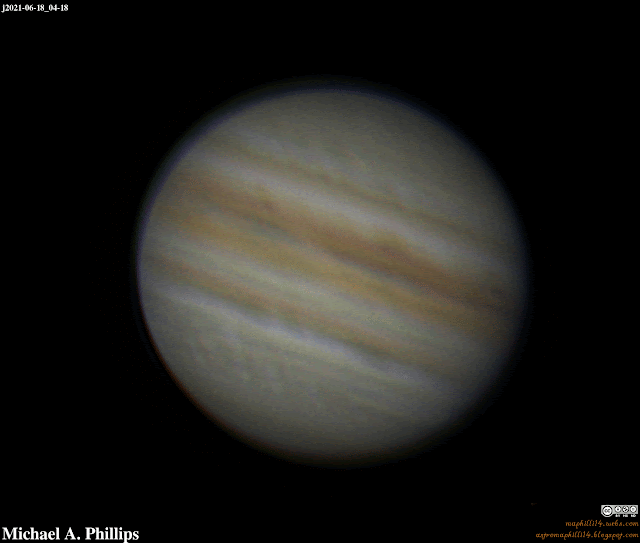My 3rd trip for this season and I have the right sleep patterns and routine for some early am efforts! Saturn is at really wonky hour of the day and I get only <45min of it clearing the trees. I'll have to wait to get more shots until it swings in the pre-midnight portion of the 2021 showing.
What's got me most excited is the automated animations that I'm popping out using batch processing in AS!3 and AstraImage with no tooling required. The secret sauce is a custom python script that runs on Win10 in WSL (Windows Subsystem for Linux) It takes all my captures, 10 or 30 or more, RGB combines them, plays with the levels if needed, stamps them with water mark and info and then spits out an animation! I'll share more details at some point in future entries but do have them on my Github - https://github.com/maphilli14/Planetary-Win10 specifically the RBG-Imagemagik.py script!
Here's the Saturn and Jupiter animations!
At the point of the script ending I have a nice batch of short RGB's to pull the best out of an process fully.
Saturn
And with Jupiter slightly higher and closer to dawn this came out a bit better IMHO!








